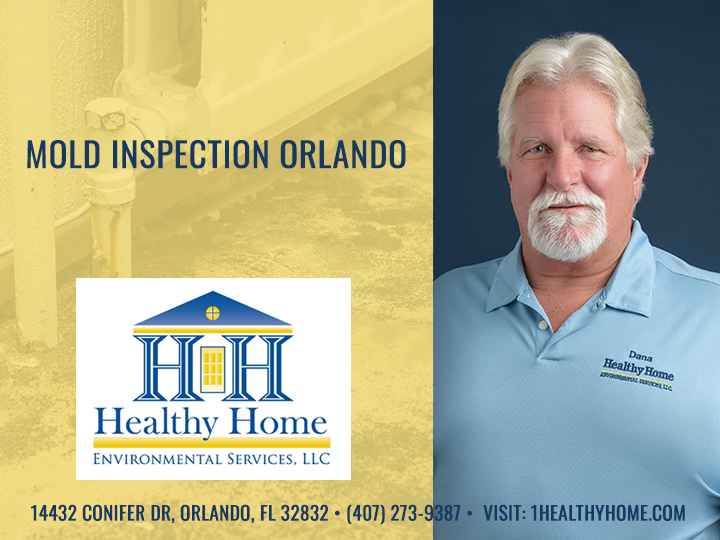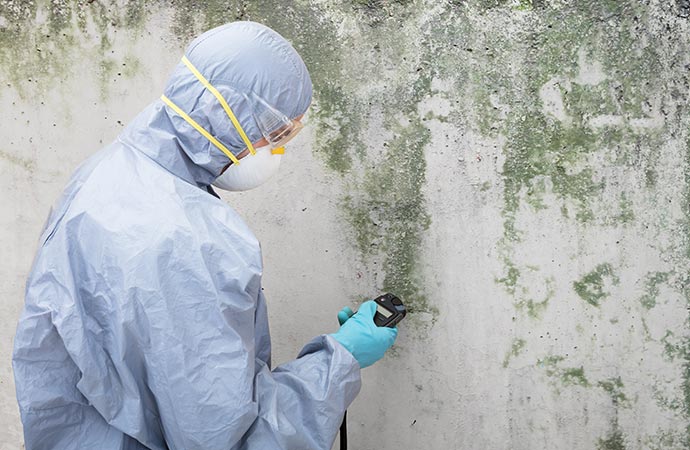How Mycotoxin Testing Assists Stop Contamination and Guard Food Supplies

Mycotoxin testing is a crucial technique in the food market, working as a frontline protection versus contamination by dangerous toxic substances produced by mold and mildews. With the application of sophisticated techniques like High-Performance Fluid Chromatography (HPLC) and Liquid Chromatography-Mass Spectrometry (LC-MS), food manufacturers can properly find and quantify mycotoxin degrees in farming products. This aggressive method not only makes certain compliance with stringent security policies yet additionally reduces wellness dangers to consumers. Routine testing fortifies brand online reputation and economic health by decreasing contamination-related occurrences. So, exactly how exactly do these testing protocols incorporate into the wider food safety and security technique?
Understanding Mycotoxins
Comprehending mycotoxins starts with identifying that they are poisonous second metabolites generated by particular mold and mildews, which can pollute farming items. These metabolites are not crucial for the development or recreation of the fungis however can have serious implications for animal and human health and wellness. Mycotoxins are typically discovered in staple crops such as corn, wheat, barley, and nuts, where they can multiply under details problems of wetness and temperature.
There are several kinds of mycotoxins, each produced by various fungal types. Fusarium varieties create fumonisins and trichothecenes, both of which are linked with numerous acute and persistent health and wellness concerns.

Threats of Mycotoxin Contamination
The threats of mycotoxin contamination are diverse, positioning substantial dangers to both food safety and public wellness. Mycotoxins, harmful substances produced by particular types of fungis, can contaminate a large range of agricultural items including cereals, nuts, spices, dried out fruits, and coffee.
Economic effects are an additional major concern. Infected crops can result in considerable economic losses for farmers and food manufacturers due to lowered yields and the requirement for pricey decontamination actions. Moreover, international trade can be dramatically hindered as countries apply stringent mycotoxin laws to safeguard their populaces, resulting in rejected shipments and stretched profession relationships.
Ecological variables such as environment adjustment exacerbate the threat of mycotoxin contamination. Variations in temperature and humidity can create positive problems for fungal development, raising the chance of contamination occasions. Thus, understanding and mitigating these threats are essential for guaranteeing the security and stability of worldwide food materials.
Techniques of Mycotoxin Checking
Precisely determining mycotoxin contamination in agricultural products is essential for protecting public health and maintaining food safety criteria. Numerous techniques are utilized to discover and quantify mycotoxins, each offering particular advantages and constraints.
High-Performance Fluid Chromatography (HPLC) is an extensively made use of technique because of its high sensitivity and accuracy. It includes separating mycotoxins from other materials in an example, allowing exact metrology. Liquid Chromatography-Mass Spectrometry (LC-MS) combines fluid chromatography with mass spectrometry to offer detailed molecular info, making it particularly valuable for determining multiple mycotoxins concurrently.

Gas Chromatography-Mass Spectrometry (GC-MS) and Thin-Layer Chromatography (TLC) are also employed, each with unique applications. GC-MS works for volatile mycotoxins, while TLC offers a less complex, cost-efficient choice for initial screening.
Advantages of Regular Testing
Routine screening for mycotoxins in agricultural items supplies countless advantages, considerably adding to public health and wellness and food safety. By identifying contamination early, regular testing helps avoid the distribution of hazardous foods, consequently minimizing the risk of mycotoxin-related diseases amongst customers. This proactive strategy not just safeguards human health but likewise enhances the general top quality of food materials.
Consistent screening likewise supports governing compliance. Various countries and areas have developed rigid restrictions for read what he said mycotoxin degrees in food and feed. Following these restrictions with normal testing makes certain that vendors and producers fulfill legal criteria, thus staying clear of charges and profession barriers. In addition, maintaining conformity fosters consumer trust fund and brand online reputation, which are vital for market success.
Furthermore, routine mycotoxin testing can result in significant economic benefits. Early discovery of contamination permits for timely intervention, reducing potential losses from prevalent contamination. Applying regular testing procedures can also reduce recall expenses and associated obligations, which can be monetarily devastating.
Furthermore, routine testing offers important data that can inform better agricultural practices and storage space problems. By understanding patterns of contamination, manufacturers can take on preventative actions, therefore lowering future threats and adding to the sustainability of the food supply chain.
Applying Examining Methods
Executing reliable mycotoxin screening protocols is critical for making sure the security and top quality of farming products. Each stage should be scrutinized to identify link where mycotoxin contamination is most likely to occur.
As soon as vital control factors are determined, selecting proper testing approaches is important. Usual methods include enzyme-linked immunosorbent assay (ELISA), high-performance liquid chromatography (HPLC), and mass spectrometry (MS) Each method has its staminas and weak points; thus, picking the correct one relies on the specific mycotoxin being checked, the required sensitivity, and readily available resources.

Finally, integrating the screening protocols right into an extensive food safety administration system is recommended. This boosts traceability and allows speedy restorative activities when contamination is discovered, therefore guarding the integrity of the food supply chain.
Verdict
Mycotoxin testing is crucial in stopping contamination and safeguarding food materials by enabling early discovery of hazardous contaminants produced by molds in farming products. Advanced approaches such as HPLC and LC-MS guarantee conformity with safety and security policies and shield consumers from health and wellness threats. Regular screening boosts brand credibility, economic stability, and trust fund in food safety and security by minimizing contamination-related losses and preserving high requirements in food manufacturing. Implementing extensive testing methods is therefore crucial for the sector's total well-being.
Mycotoxin testing is an important method in the food market, serving as a frontline defense against contamination by hazardous toxins generated by mold and mildews. An integrated approach including agricultural practices, storage space management, and normal screening can minimize the dangers connected with mycotoxin contamination, guaranteeing food security and public health.
The risks of mycotoxin contamination are complex, posing substantial hazards to both food security and public health and wellness.Regular screening for mycotoxins internet in farming products offers countless advantages, substantially adding to public wellness and food security.Mycotoxin testing is crucial in protecting against contamination and securing food supplies by making it possible for early detection of unsafe toxic substances produced by mold and mildews in agricultural items.